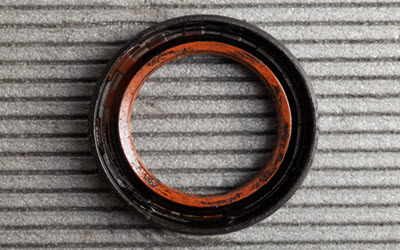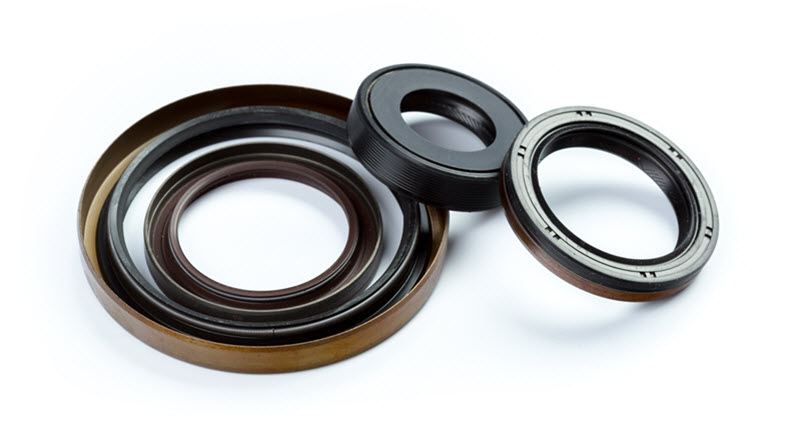Volkswagen camshaft seals are an important part of the engine. If they start to leak, it can cause all sorts of problems with your VW. In this blog post, we will discuss when is the best time to replace the camshaft seal on your Volkswagen and how to do it yourself if you wish!
First, a camshaft seal is a device that helps to prevent oil from leaking out of the engine. The seal is located between the camshaft and the engine block. Over time, the seal can become worn out, which can cause oil to leak. If too much oil leaks out, it can cause the engine to run low on oil and eventually overheat. This can lead to serious engine damage.
It is important to check your camshaft seals regularly and replace them if necessary. You should also keep an eye on your oil level and top it up if it gets low. By taking these simple precautions, you can help to keep your engine in good working order and avoid costly repairs.
When is the best time to replace your camshaft seal?
The camshaft seal is a very important part of the engine and it needs to be replaced when it starts to wear out. This usually occurs around 80,000 miles on average. How you use your VW, where, and how hard you drive it will also factor in.
Take on the duty of replacing your camshaft seal when the engine is cold and you have all the tools and parts you need. You will need to remove the old seal and then clean the surface of the engine before installing the new one. If this sounds daunting, Heynneman European is here to service your camshaft seal for you. Still, we will provide the necessary info so you can see what it entails below.
How To Replace Your Camshaft Seal Yourself – A Step-By-Step Guide
The camshaft seal is located at the front of the engine and is responsible for sealing oil in and keeping contaminants out. Over time, the camshaft seal can become dry, cracked, or otherwise damaged, causing oil to leak from the engine. If you notice oil leaking from your engine, it’s a good idea to replace the camshaft seal as soon as possible.
While replacing a camshaft seal may seem like a daunting task, it’s actually quite simple and can be done at home with just a few tools. Below is a step-by-step guide on how to replace your camshaft seal:
- First, you’ll need to remove the old camshaft seal. To do this, use a pry bar to gently pry the old seal out of its housing. Once the old seal is removed, clean out any debris or contaminants from the housing with a rag.
- Next, you’ll need to install the new camshaft seal. To do this, simply press the new seal into place using your fingers or a small tool such as a flathead screwdriver.
- Once the new seal is in place, you’ll need to reinstall the engine cover. To do this, simply align the engine cover with the bolts and screw it back into place.
By following these simple steps, you can replace your own camshaft seal at home, but if it sounds like a messy job that is best left to mechanics, come see us today at our VW auto shop.
What are the consequences of not replacing your camshaft seal?
If you don’t replace your camshaft seal, the consequences can be pretty severe. Your engine could start to leak oil, which can lead to all sorts of problems. It could also cause your engine to overheat, which can damage all sorts of critical components. In short, it’s just not worth the risk of not replacing your camshaft seal when it needs to be done.
Heynneman European for Your Volkswagen
Volkswagen engines are known for their durability  and performance. However, like all engines, they require regular maintenance to keep them running smoothly. Replacing your camshaft seal is an important part of this maintenance routine. Not only does it help prevent oil leaks, but it also helps ensure that your engine continues to run at its best. Visit us from Larkspur, Kentfield, Corte, Mill Valley, San Anselmo, Fairfax, and San Rafael, CA areas to keep your VW running smoothly for years.
and performance. However, like all engines, they require regular maintenance to keep them running smoothly. Replacing your camshaft seal is an important part of this maintenance routine. Not only does it help prevent oil leaks, but it also helps ensure that your engine continues to run at its best. Visit us from Larkspur, Kentfield, Corte, Mill Valley, San Anselmo, Fairfax, and San Rafael, CA areas to keep your VW running smoothly for years.

